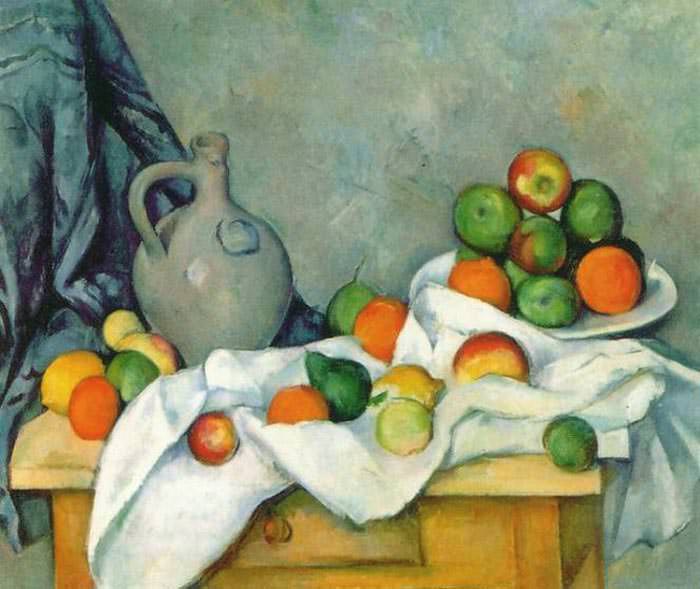
Mosochovi introduces the concept of Photography as an aid or tool of artists primarily using this for documentation and planning of creativity for Photography to be associated with Artmaking could lead to unoriginal reproduction much like the modern mindset that smartphone owners are classified as “iPhone Photographers” making Photography easy to engage in. However, if it was not for the development of photographic technology leading to a more prominent use of colour and scale within a competitive art world which begs the question would Photography be reassessed if it wasn’t for the development of technology? Technology has paved the way for Photography to be revolutionised as the approach is modified into current day through the use of digital manipulation, television, film projections, Internet-based projects, fashion, advertising and of course the fashionable “selfie”. The methodology of Photography embraces existing and unoriginal everyday information that is most likely taken for granted and reintroducing this as a new interpretation.

